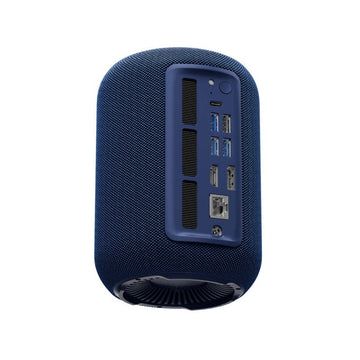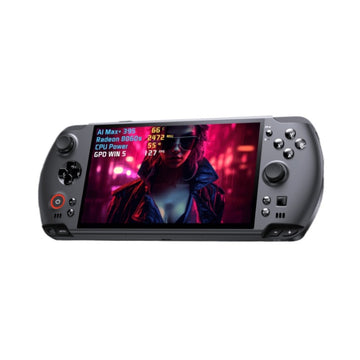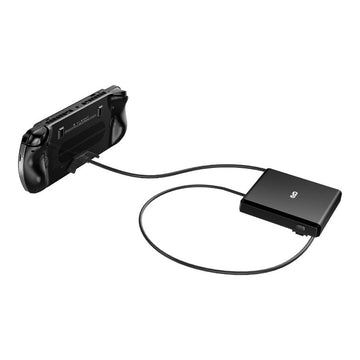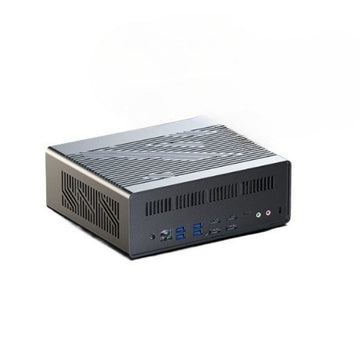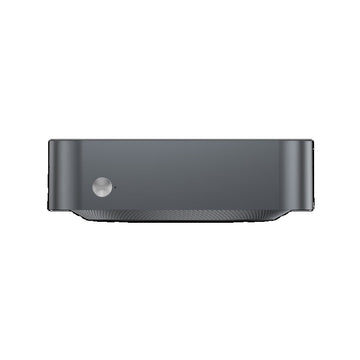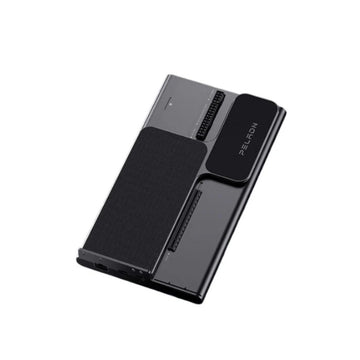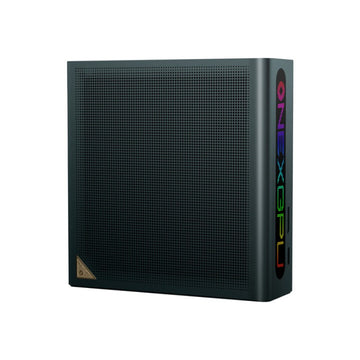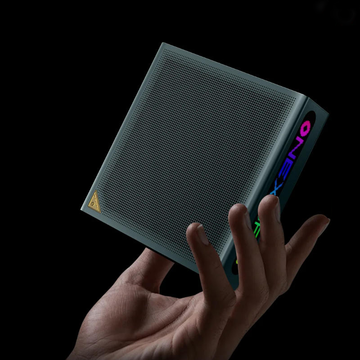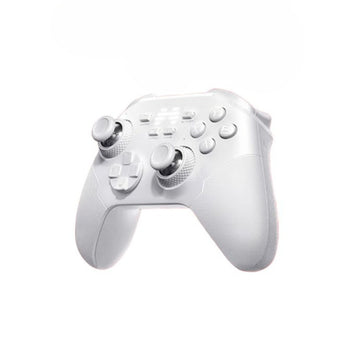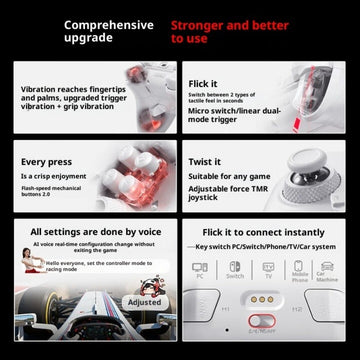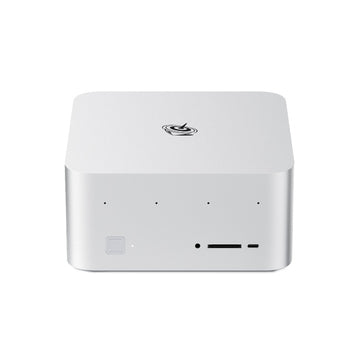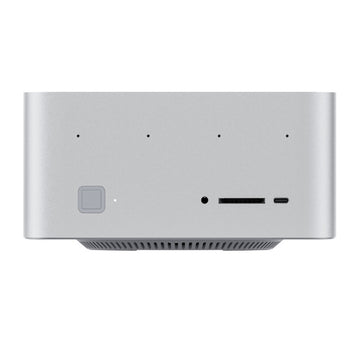Introducing the New GPD WIN Mini (2024): Will be Available For Pre-Sale Next Wednesday
After much anticipation, the latest iteration of the WIN Mini handheld gaming device has been unveiled, promising a host of upgrades and enhancements to delight gaming enthusiasts worldwide. Scheduled for pre-sale next Wednesday, the WIN Mini (2024) boasts several notable features, including a native landscape screen, support for variable refresh rate (VRR), and compatibility with AMD FreeSYNC™ technology.

Powered by the cutting-edge AMD Ryzen™ 7 8840U processor, the WIN Mini (2024) represents a significant leap forward in performance and efficiency. This latest model also introduces a pivotal change in connectivity, replacing the Oculink interface with a USB A port featuring a lightning-fast 10Gbps transfer rate. This alteration simplifies the process of connecting external USB A devices, enhancing user convenience.

However, the most striking enhancement lies in the device's display. Adopting the same screen technology as Xiaomi, the WIN Mini (2024) offers support for VRR, mitigating screen tearing during gameplay, and seamlessly integrates AMD FreeSYNC™ Premium for optimal performance. Moreover, the screen is fortified with AR (anti-reflection) and AF (anti-fingerprint) coatings, ensuring enhanced durability, reduced glare, and improved eye protection with a peak brightness of 500 nits.
One notable improvement in the WIN Mini (2024) is the elimination of the DP to MIPI chip, resulting in reduced power consumption and heat generation across the device. To facilitate its release, the WIN Mini (2024) will soon launch a crowdfunding campaign on Indiegogo, with domestic pre-sale dates to be announced shortly.

In parallel, the eagerly awaited WIN 4 (2024) is set to commence pre-orders next Wednesday, offering enthusiasts the opportunity to experience its enhanced performance firsthand. The primary upgrade for the WIN 4 (2024) and WIN Max 2 (2024) models lies in the adoption of the 8840U processor, with no further alterations to their configurations.
A recent review by renowned tech analyst Phawx sheds light on the performance disparities between the 8840U and its predecessors. According to Phawx, the 8840U offers approximately 10% improved performance over the previous 7840U model, albeit with a corresponding increase in energy consumption. Notably, the enhanced capabilities of the 8840U extend beyond gaming, with a significant boost in AI processing power, crucial for forthcoming AI applications on Windows platforms.

Addressing queries regarding the choice of the 8840U over alternatives like the Intel 155H, industry experts highlight several key advantages. Firstly, the 8840U's superior gaming performance, despite lower power consumption, positions it favorably against the Intel 155H. Moreover, the comprehensive computing power of the 8840U, augmented by support for advanced AI data types, underscores its suitability for future AI-centric applications.
The decision to prioritize the 8840U over alternatives like the Intel 155H is further justified by the latter's limitations, including the lack of support for AVX512 instruction sets and restricted AI data types. In contrast, the 8840U offers robust support for a diverse range of AI data types across its CPU, GPU, and NPU, reaffirming its status as the preferred choice for AI-driven computing tasks.
As the gaming landscape continues to evolve, the WIN Mini (2024) emerges as a frontrunner in handheld gaming innovation, promising unparalleled performance, connectivity, and AI capabilities. With pre-sales set to commence imminently, enthusiasts are eagerly anticipating the opportunity to experience the future of portable gaming firsthand.

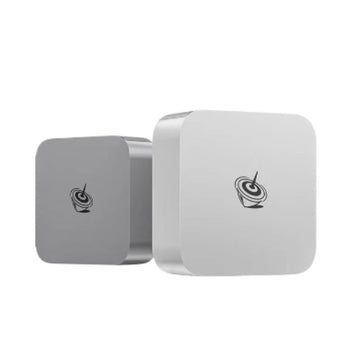

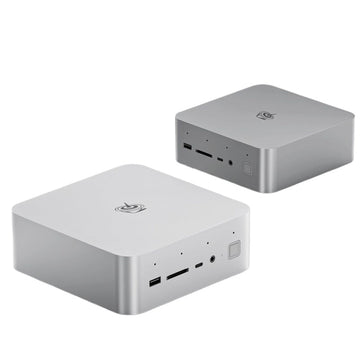
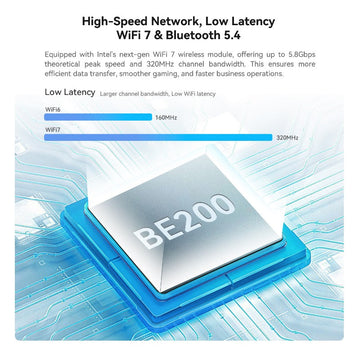
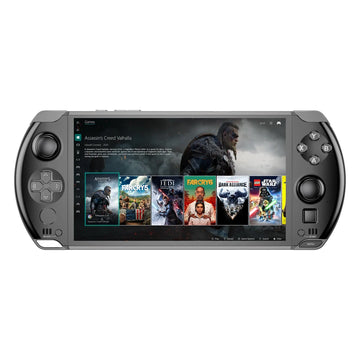

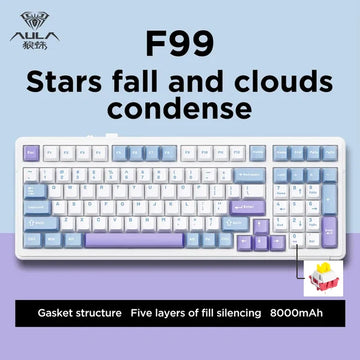
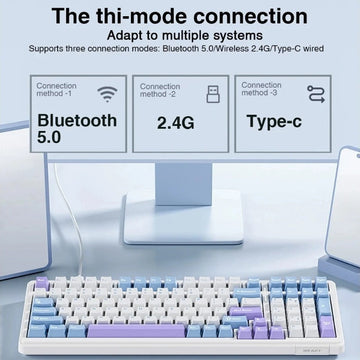





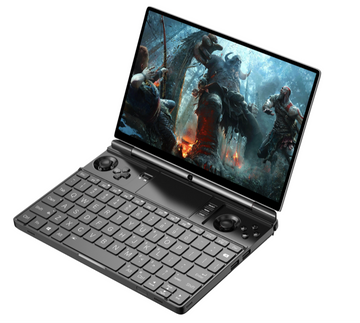

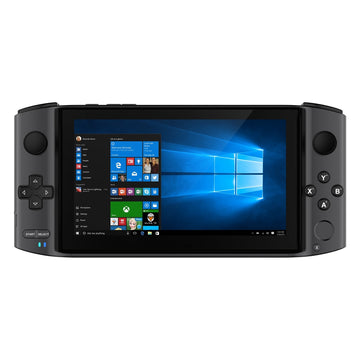
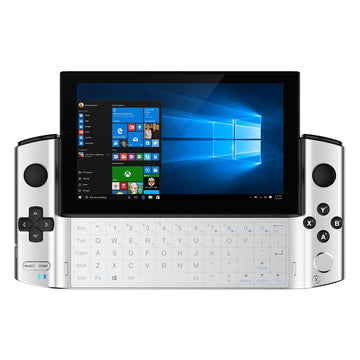
![[US Warehouse]Flydigi Vader 5 Pro Dragon Ball Limited Edition Game Controller](http://minixpc.com/cdn/shop/files/2bf62a4b1011cdf0b5088de9d5ad663d_360x.jpg?v=1763001514)
![[US Warehouse]Flydigi Vader 5 Pro Dragon Ball Limited Edition Game Controller](http://minixpc.com/cdn/shop/files/0944bf12c40c5bcaf5bc45c2a2f0b9e0_360x.jpg?v=1763001514)



